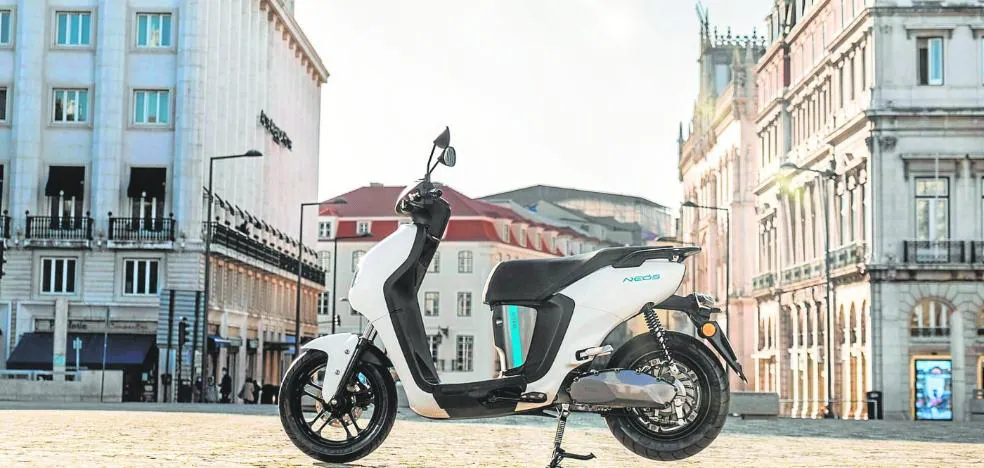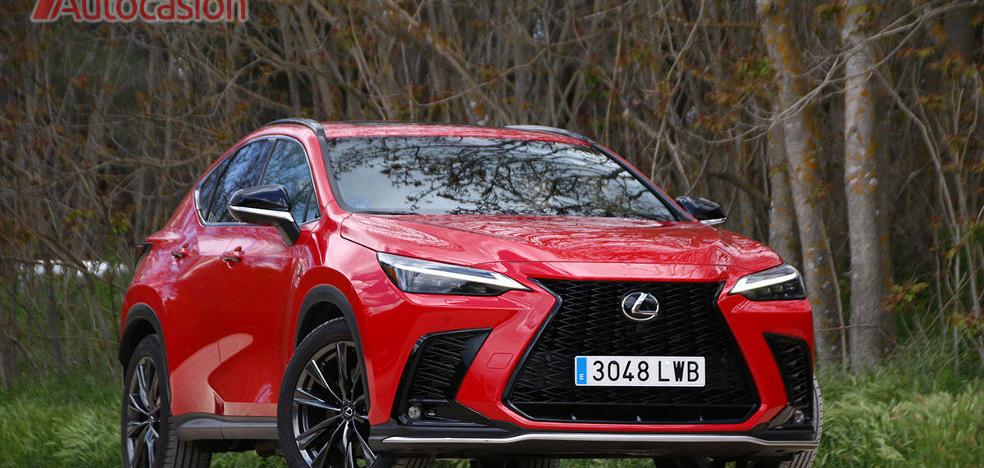ADAS advanced driver assistance systems work with the data they receive from multiple sources. The ‘brain’ of the system puts together the information generated by all these systems and produces a reliable recognition of the environment
Advanced driver assistance systems ADAS must generate reliable recognition of the vehicle’s environment in order to detect risky situations and assist the driver. This virtual image of everything that happens around the car is generated with the information that the system control unit receives from various sources. But what are these sources, what data do they provide and how do they complement each other? On the one hand, according to Carglass, there is a battery
possible sensors: cameras, radar, ultrasound and LIDAR laser And there are systems that also receive detailed three-dimensional road information from the navigation system.
cameras: It is the most important part of the system and they are usually mounted in the upper central part of the windshield. Therefore, when replacing a windshield, the cameras must be removed from the broken glass, fitted to the new ones and recalibrated to ensure they work with maximum precision and deliver the correct information to the safety systems.
The cameras have many advantages, such as their wide field of view (from 50 to 500 meters and up to 180º) and their color recognition. The cameras spatially capture objects, determine their distance and recognize empty spaces. In addition, with the help of various algorithms and the use of artificial intelligence (AI), they are able to provide reliable recognition of pedestrians, animals and objects; and reading letters and numbers on road signs. Of course, the cameras can only “understand” what has previously been classified in their software.
Despite their visibility, the cameras alone couldn’t relay information to the ADAS security systems: they present vision problems when dirty, rainy, snowy or foggy; and they are also subject to natural optical illusions.
Radar: The radar — which is usually installed behind the vehicle’s front grille, behind a protective plastic — serves as a support for locating objects, both static and moving. Thanks to the Doppler effect, it is able to accurately determine the relative speed, distance and position of objects in the vicinity of the vehicle.
It has a long range (250 meters and 360º), is unaffected by inclement weather and measures all relevant values (angle, distance, speed, material parameters), without the need for calculations. The weakness of radar is that it has no “semantic capacity”, that is, it cannot recognize shapes, colors and specific objects.
laser lidar: It is an expensive and complex sensor, which will be key in future autonomous driving, but is currently fitted by very few models. The strong point of the LIDAR laser (acronym, in English, for Light Detection and Ranging) is its ability to measure accurately in 3D (distance, position and height) at great distances (200 meters range).
But it also needs the support of other sensors, as the range is drastically reduced in foggy, rainy or dirty conditions, and it doesn’t recognize colors, although it does recognize materials.
ultrasound: They are mounted in the bumpers and are very reliable. They work with sonar technology (just like bats): they send ultrasonic pulses that bounce off objects and whose echoes are analyzed to obtain information. They are, of course, only for driver assistance systems related to parking vehicles, as they have a range of six meters and only work at low speeds.
Navigation system: Some vehicles also use 3D digital map data generated by navigation systems. The big advantage is that it does not depend, like sensors, on a certain range: its information (the 3D mapping of the entire road network) is already registered, which allows us to generate a virtual horizon showing the route in front of us, with all its relevant attributes.
The ADAS maps of some navigation systems provide high-quality information about the road, with accurate data about slopes, lanes, curves or speed limits. In addition, these maps are constantly fed and updated with information from the millions of vehicles they are equipped with.
Highly accurate data on the curvature and slope of the road help predictive cruise control systems, for example, to proactively brake and accelerate. They also assist ADAS guidance systems and lane maintenance on highway sections and complex intersections, providing valuable information about the number of lanes, their connections, the type of dividing line between them, or the shape of the intersections. The maps of the navigation systems also provide information to the ADAS systems about the speed limits of the roads, traffic lights or road signs.
Source: La Verdad
I am Ida Scott, a journalist and content author with a passion for uncovering the truth. I have been writing professionally for Today Times Live since 2020 and specialize in political news. My career began when I was just 17; I had already developed a knack for research and an eye for detail which made me stand out from my peers.

-R81pK9TAkzAFhWXls8imK2L-1200x840@abc.jpg)

